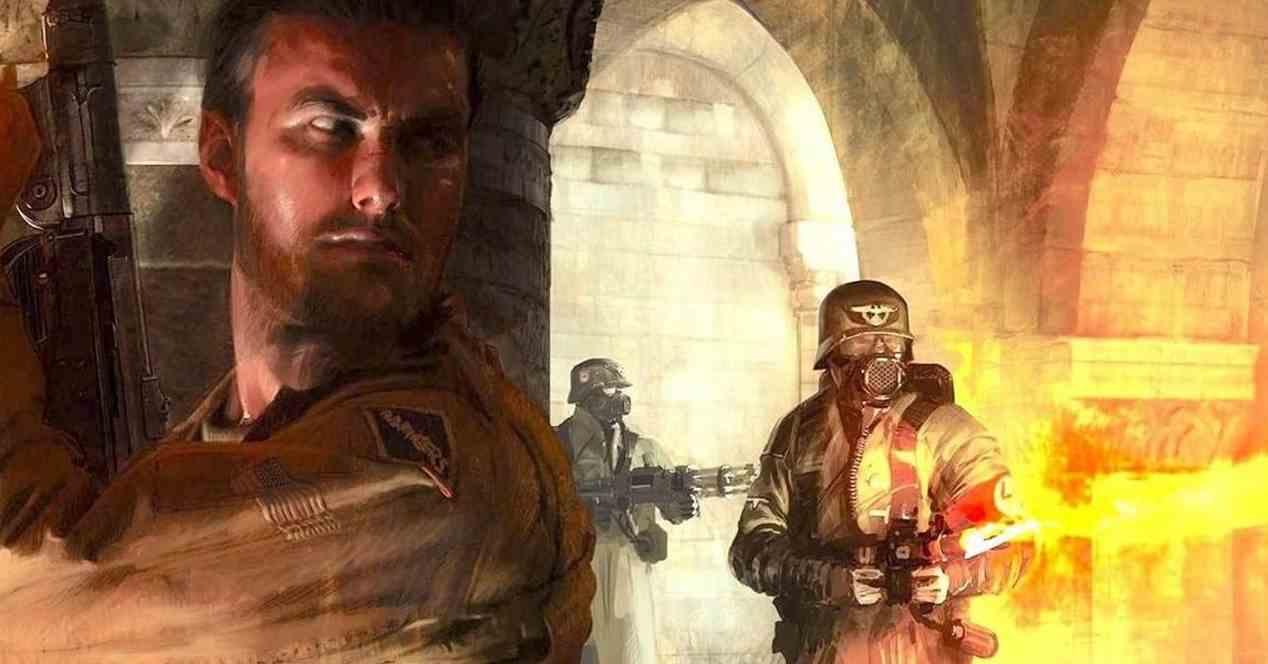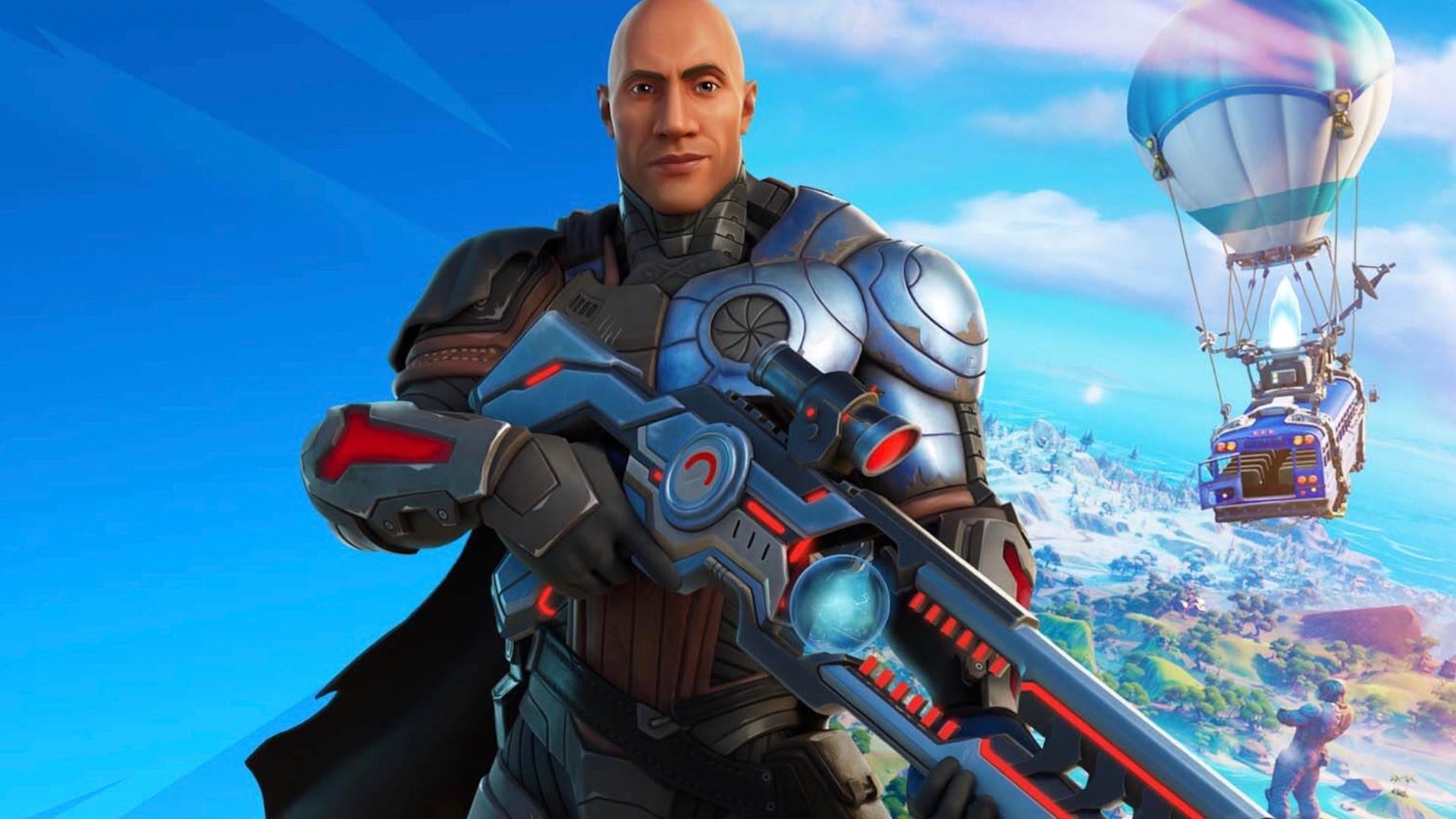Return to Castle Wolfestein It wasn’t just a sequel to the classic Id Software game, but a game many of us dedicated hours of our lives to in the early 2000s. Well, you might want to dust this game off classic first person shooter. a version appeared rendered entirely by Path Tracing. Which gives it a totally renewed visual aspect compared to more than two decades ago, when the game was launched.
Implementing ray tracing and other derivative techniques to generate real-time 3D graphics has become a constant in older PC games. If a few years ago we were surprised by the RTX version of Quake 2, now it’s the turn of another classic from Id Software. Neither more nor less than the sequel to the classic Wolfestein 3D which was launched in 2001 using the Quake 3 engine. Therefore, we are faced with a game that is visually more complex and, therefore, that requires more power to reproduce the graphics fully generated. a Path Tracing algorithm instead of the traditional 3D pipeline.
Path Tracing and Return to Wolfestein Castle
Today, there are two ways to implement so-called Ray Tracing in games. The first is to use a contemporary game and apply Ray Tracing as a post-processing technique to apply indirect lighting to the scene. That is to say that which is generated when a light source falls on an object. The second method is more complex, since it consists of rendering all of the game’s graphics with this 3D rendering algorithm.
We have to assume that what is important in video games is fluidity and therefore ray tracing, despite having better visual quality, was not the chosen algorithm. The fact that graphics cards are more optimized f or rasterization means that any game rendered by Path Tracing or another RT derivative is a challenge when it comes to running it at acceptable frame rates. Well, Dihara Wijetunga, a veteran AMD engineer, decided to give Return to Castle Wolfestein the same treatment that Quake 2 received a few years ago.


The project is not finished at the moment, but you can already see the improvements in terms of visual quality in the said version of the game. At the moment it is not finalized and we do not know how it will work on our maps graphics. Although like Quake 2 RTX don’t expect to be able to move it with a graphics card without intersecting units. So right off the bat completely rule out being able to play this game with a graphics card that isn’t an NVIDIA RTX or AMD RX 6000 or later.







